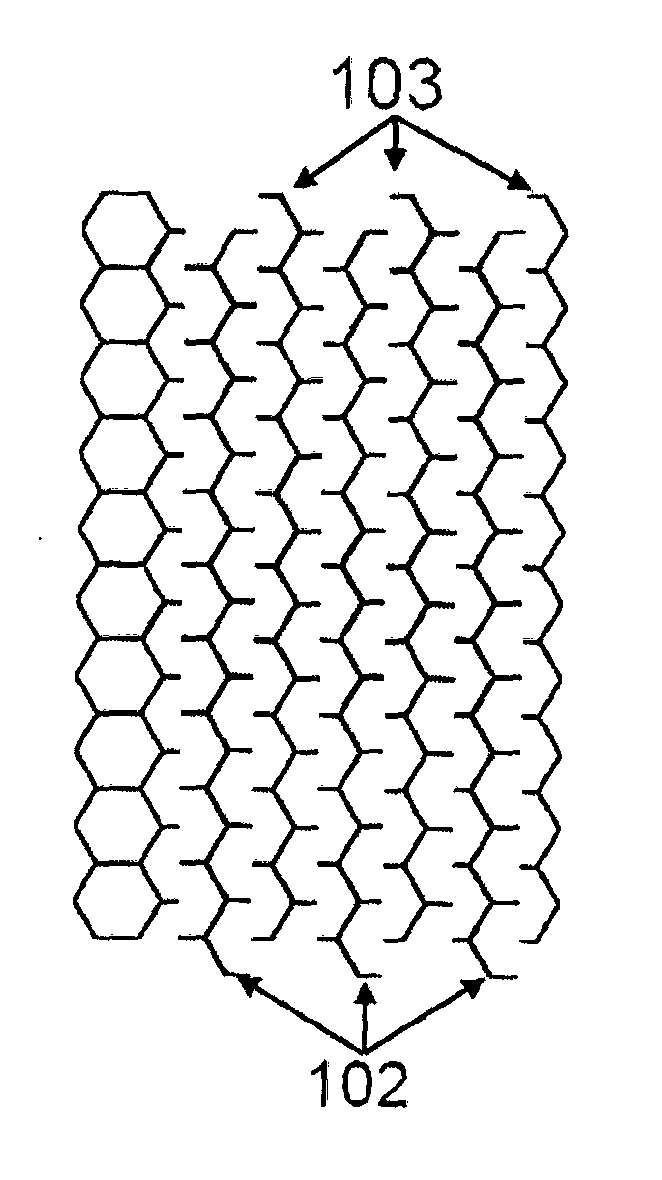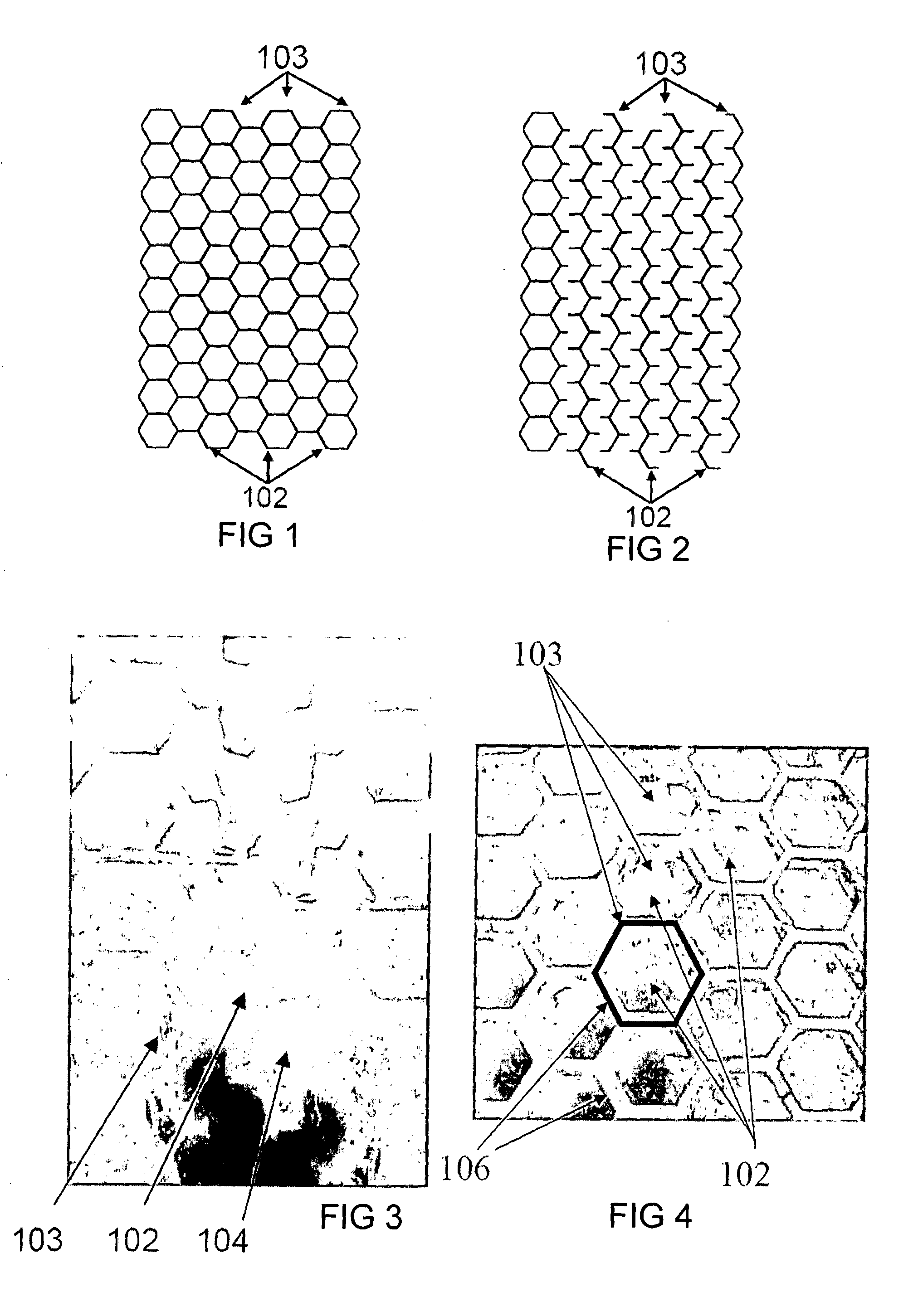Apiculture
- Summary
- Abstract
- Description
- Claims
- Application Information
AI Technical Summary
Benefits of technology
Problems solved by technology
Method used
Image
Examples
Embodiment Construction
[0160]Throughout the following description the cell side wall will typically be hexagonal, which is the typical shape of a honeycomb cell. There may be circumstances where it may be desirable for the cell to have a different shape for instance an octagonal shape, oval shape, round shape, and the like. However the invention may be carried out with the cell having a hexagonal shape and this will be referred to throughout the specification for purposes of explanation.
[0161]Referring to FIGS. 1-12 there is illustrated various versions of a first aspect of the invention where the honeycomb is formed of at least two parts, each part comprising part of a cell wall, the parts being slideable relative to each other between a cell broken position and a cell formed position. This aspect of the invention may be termed the “vertical separation method”.
[0162]As the honeycombs are typically positioned in a vertical manner in the hive, the sliding movement can be a vertical (or up and down movement...
PUM
 Login to View More
Login to View More Abstract
Description
Claims
Application Information
 Login to View More
Login to View More - R&D
- Intellectual Property
- Life Sciences
- Materials
- Tech Scout
- Unparalleled Data Quality
- Higher Quality Content
- 60% Fewer Hallucinations
Browse by: Latest US Patents, China's latest patents, Technical Efficacy Thesaurus, Application Domain, Technology Topic, Popular Technical Reports.
© 2025 PatSnap. All rights reserved.Legal|Privacy policy|Modern Slavery Act Transparency Statement|Sitemap|About US| Contact US: help@patsnap.com



